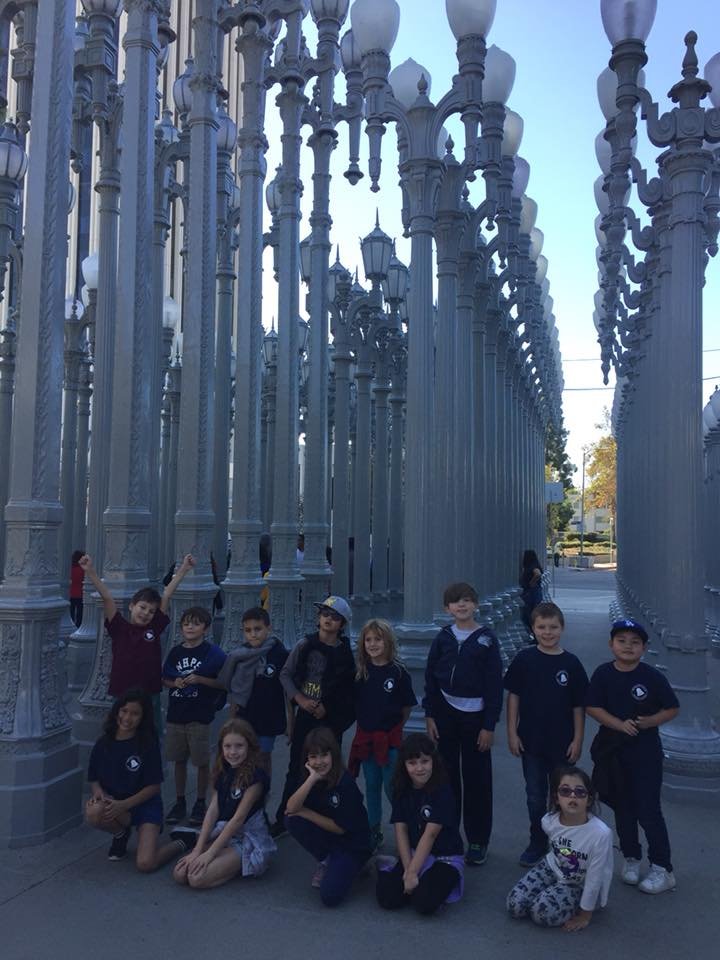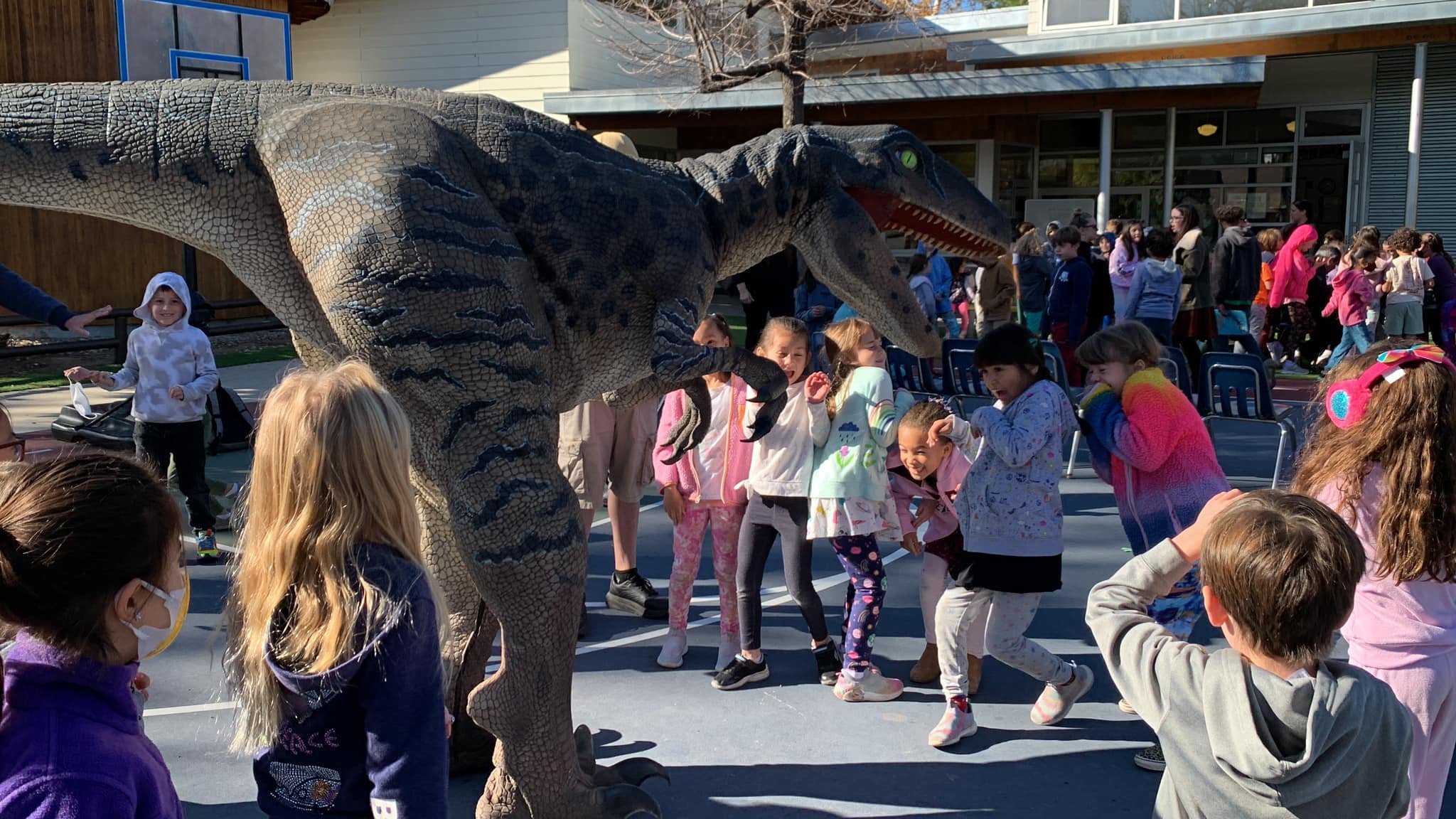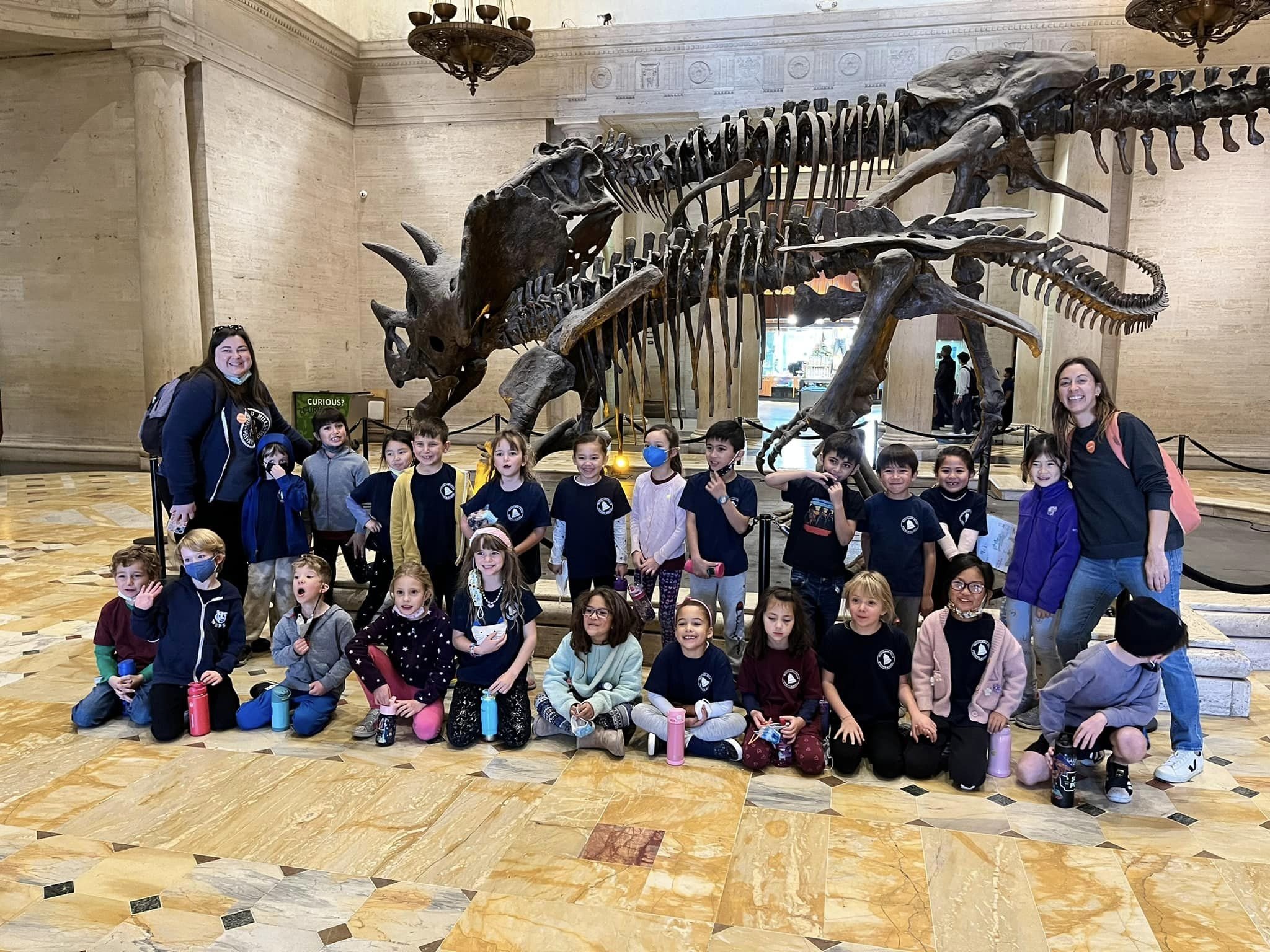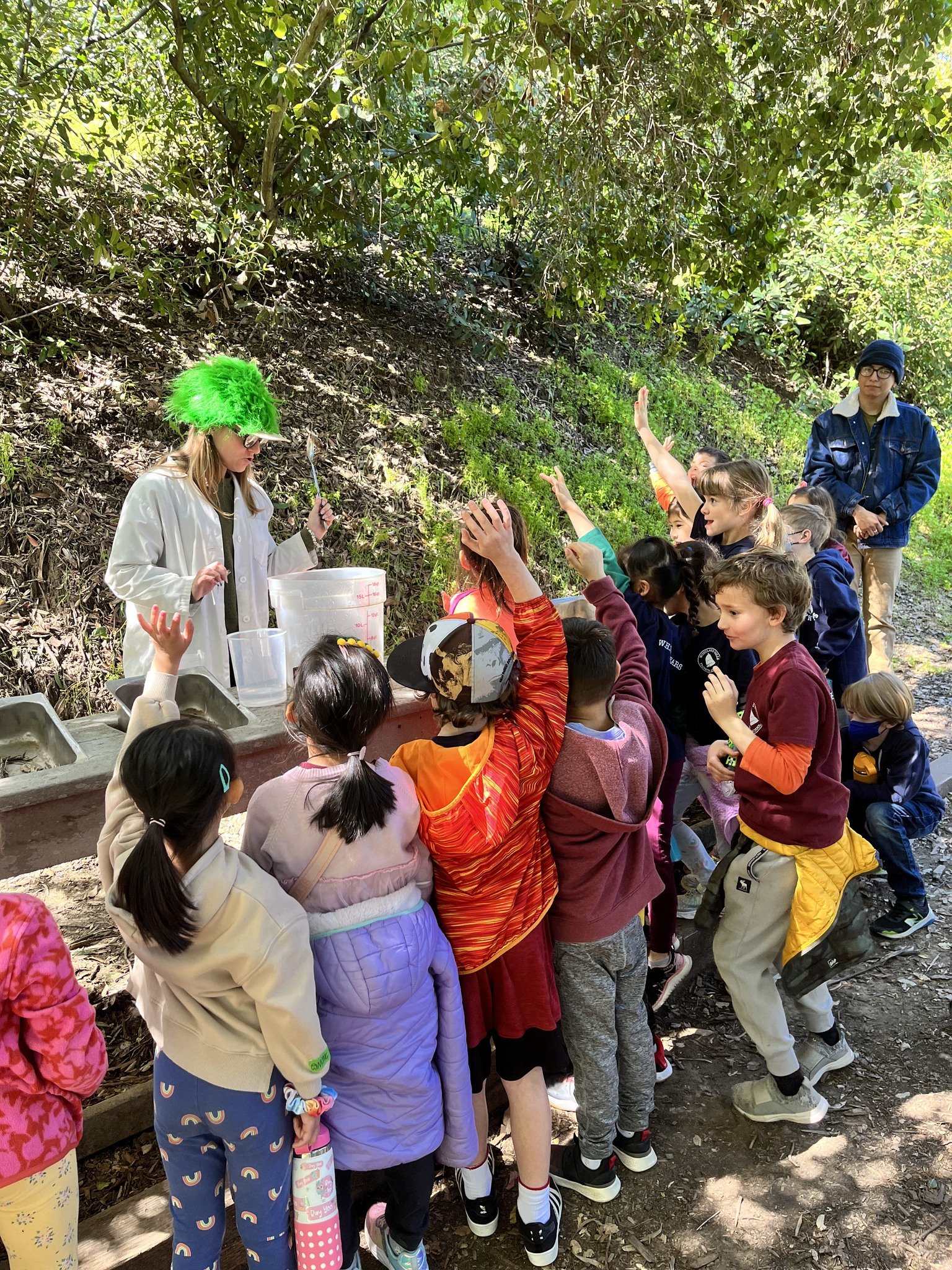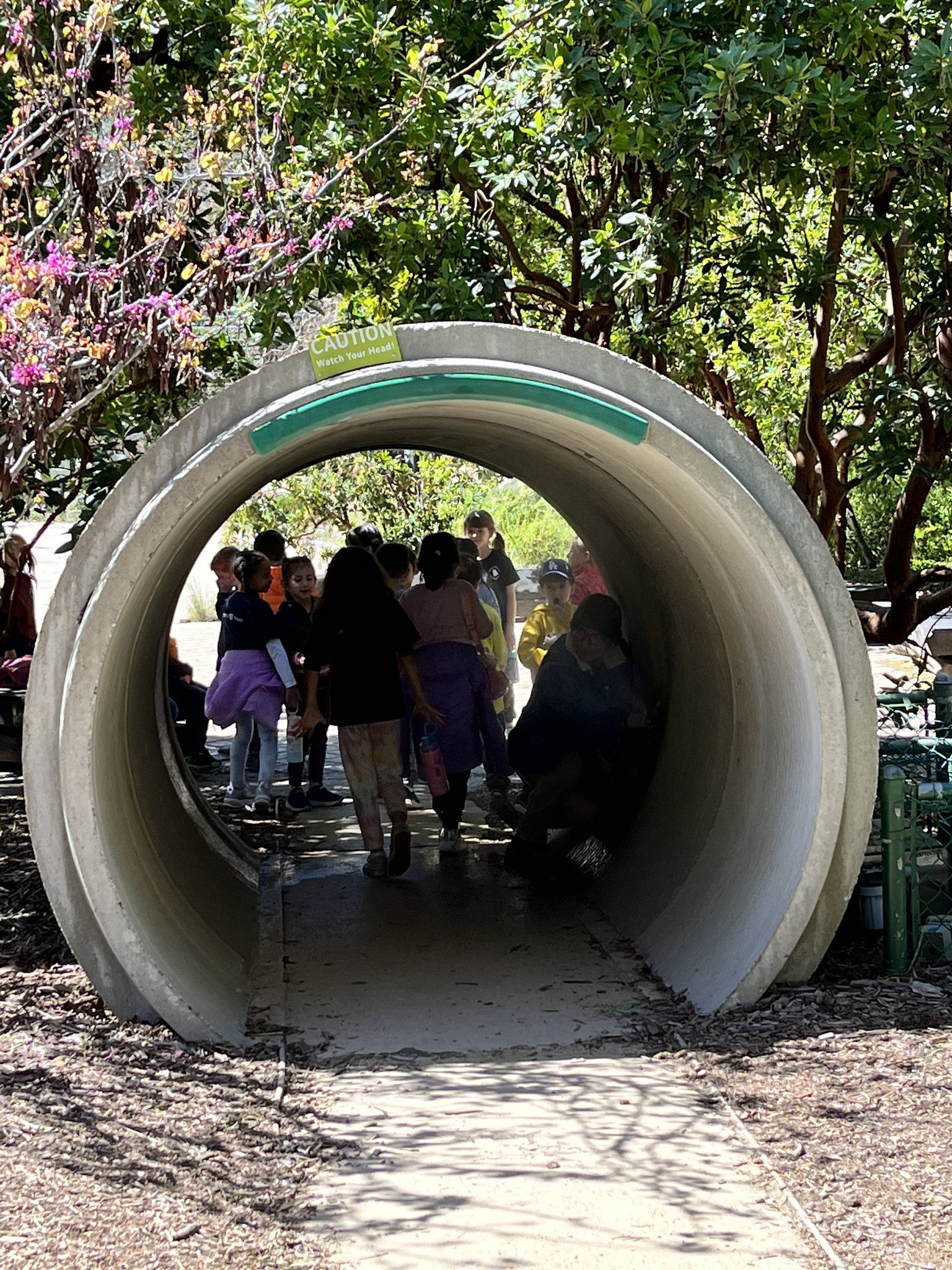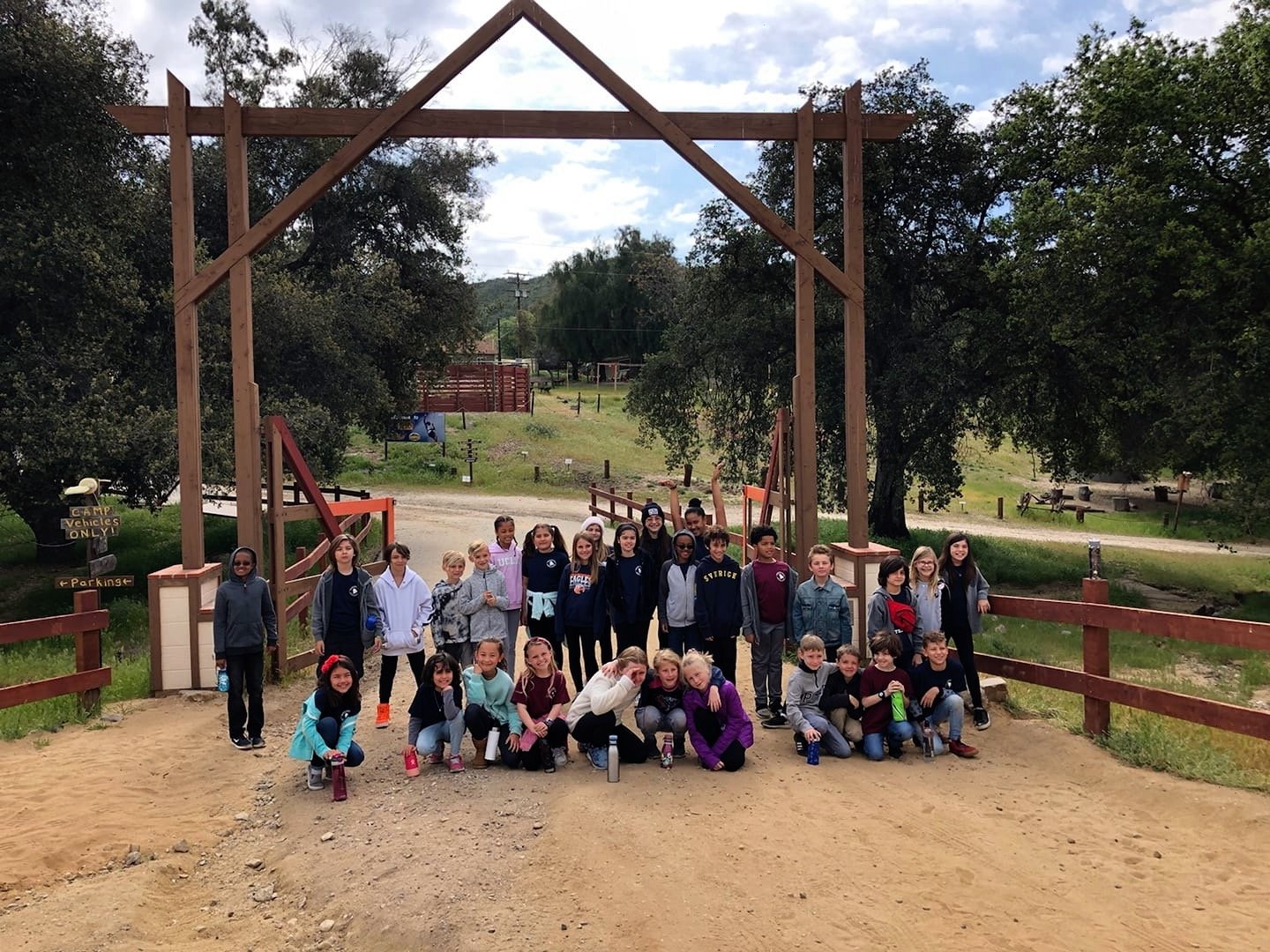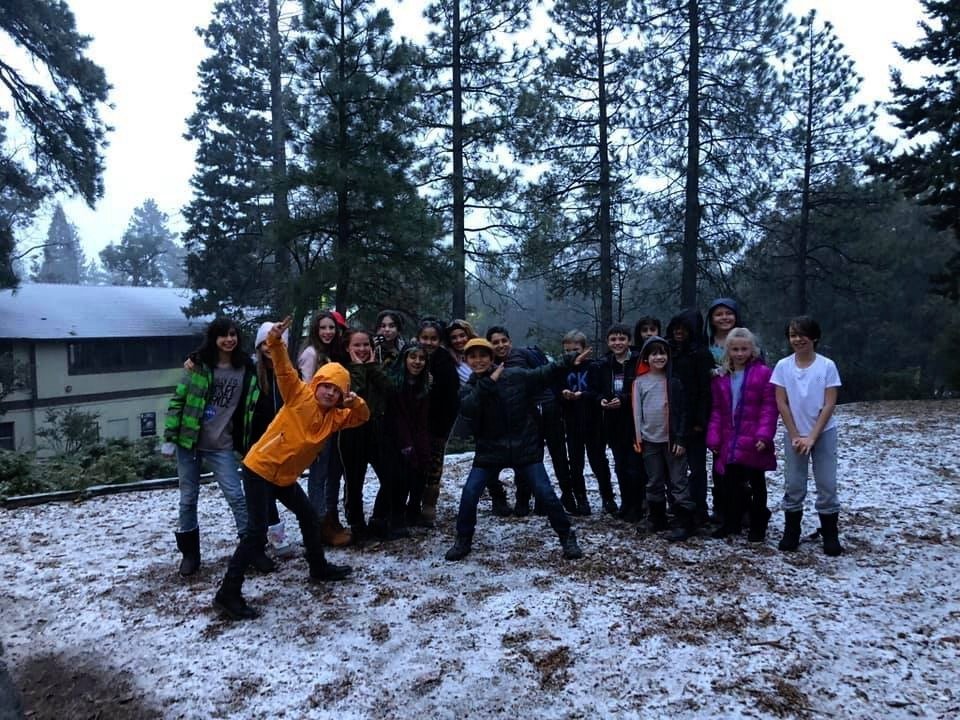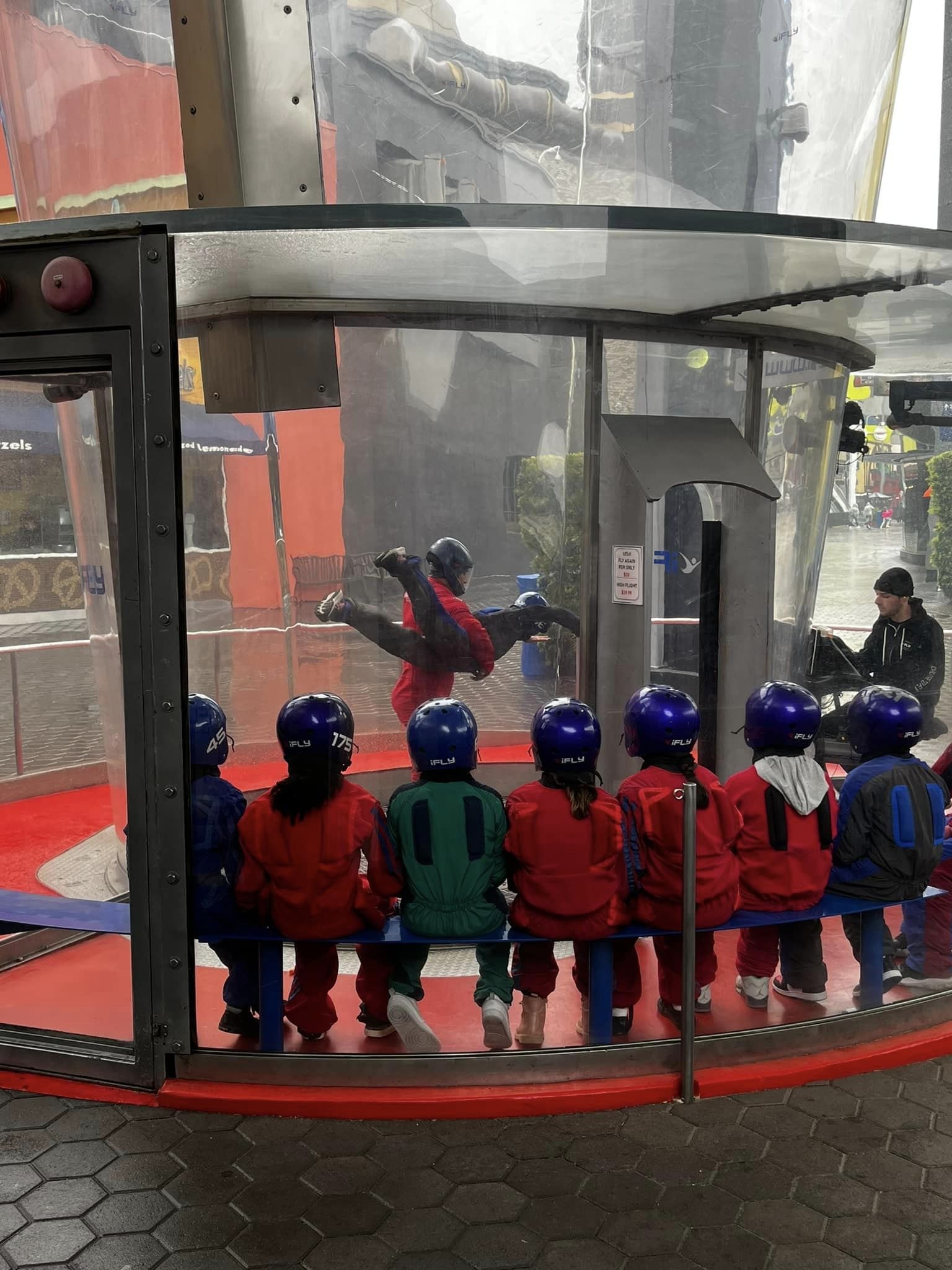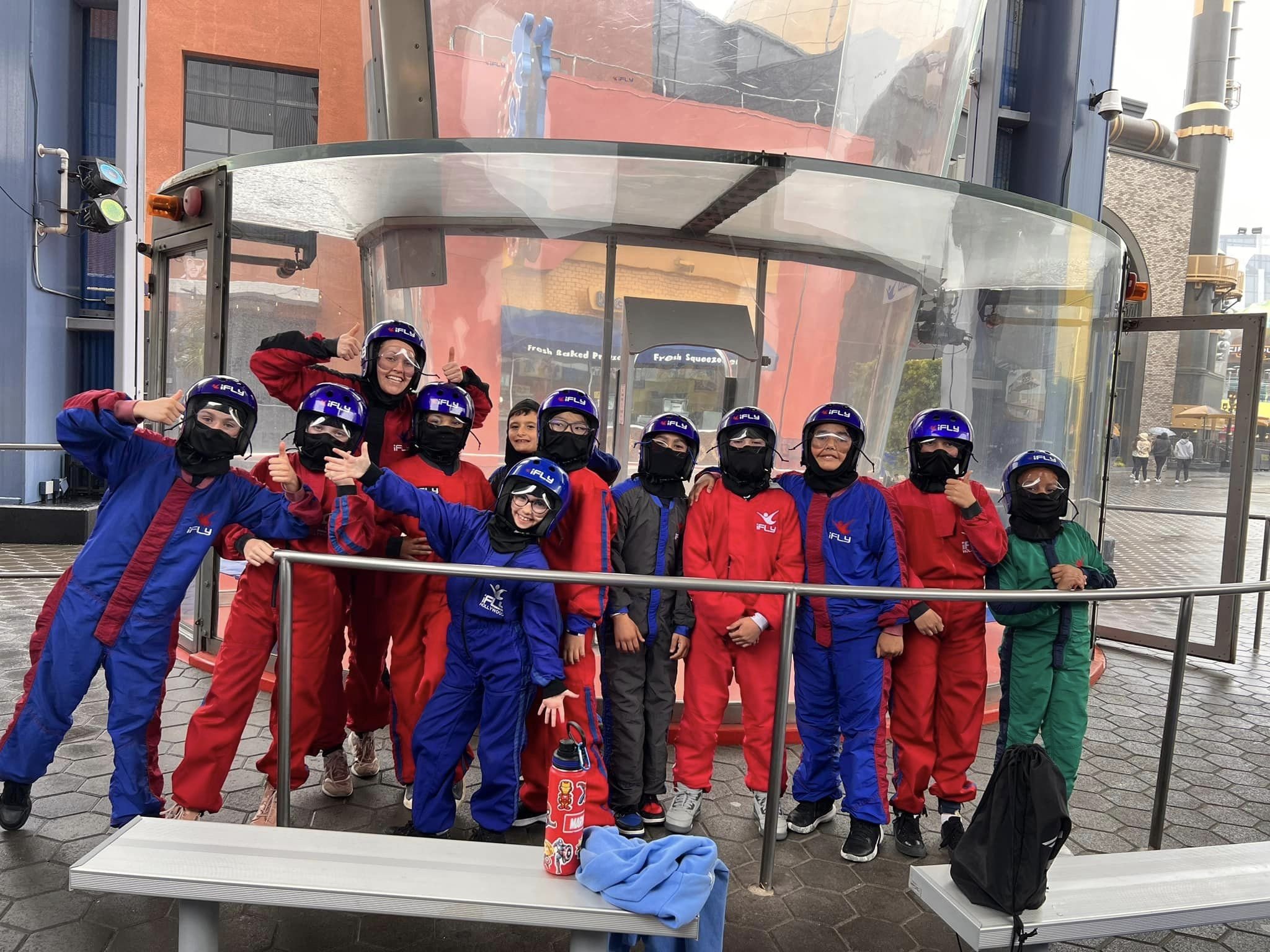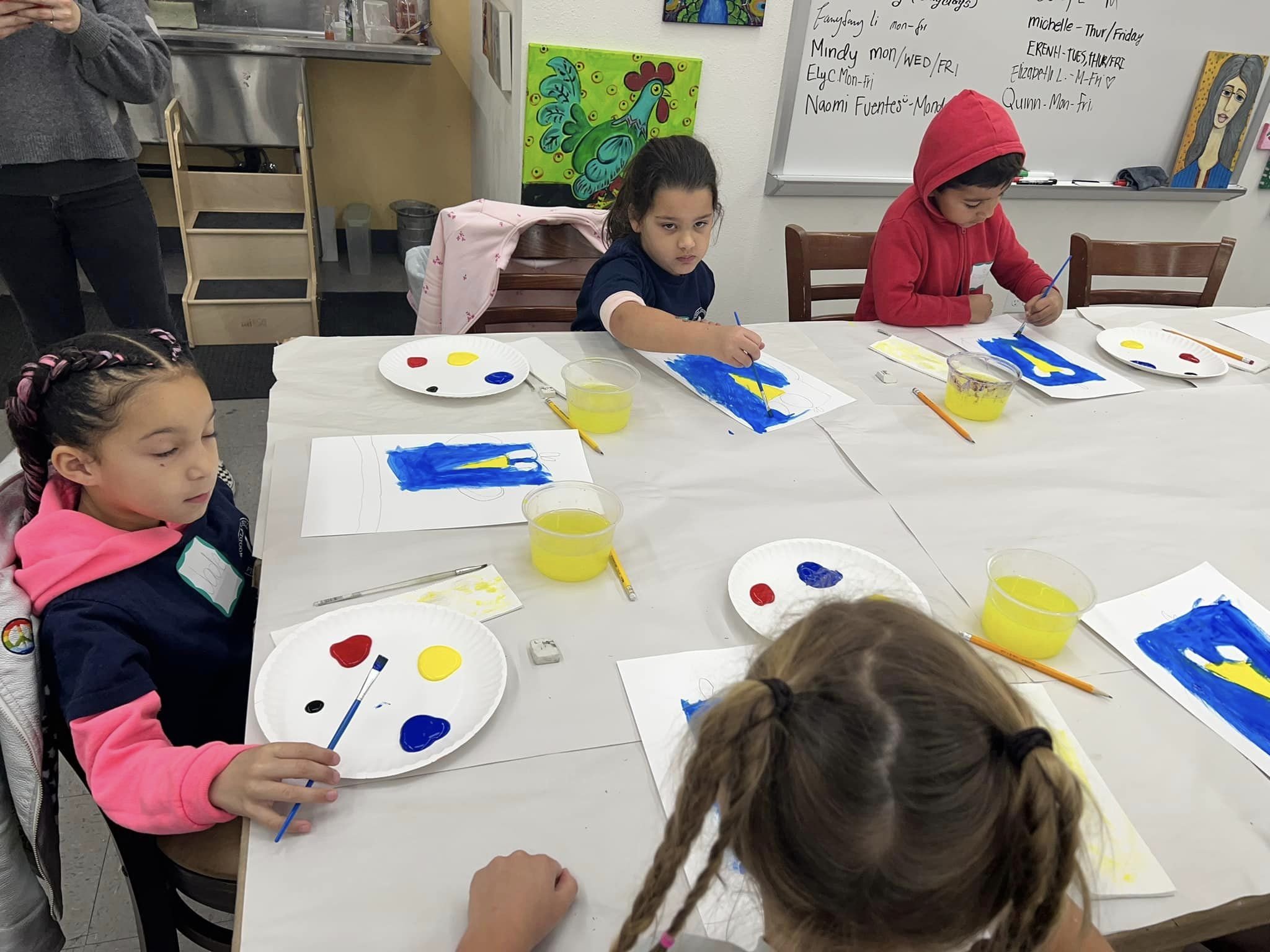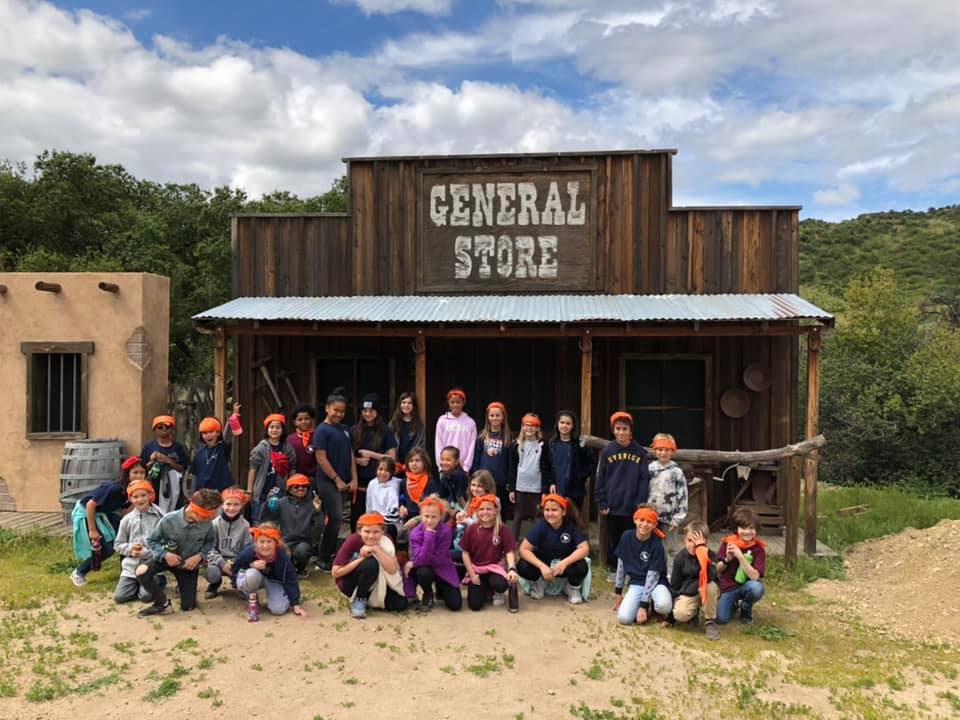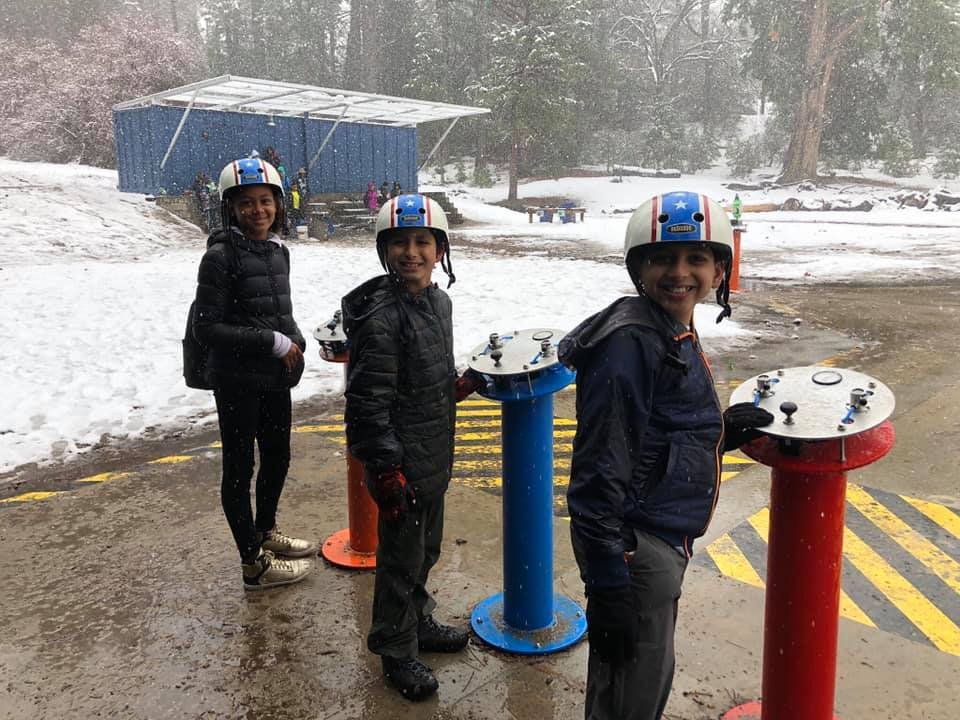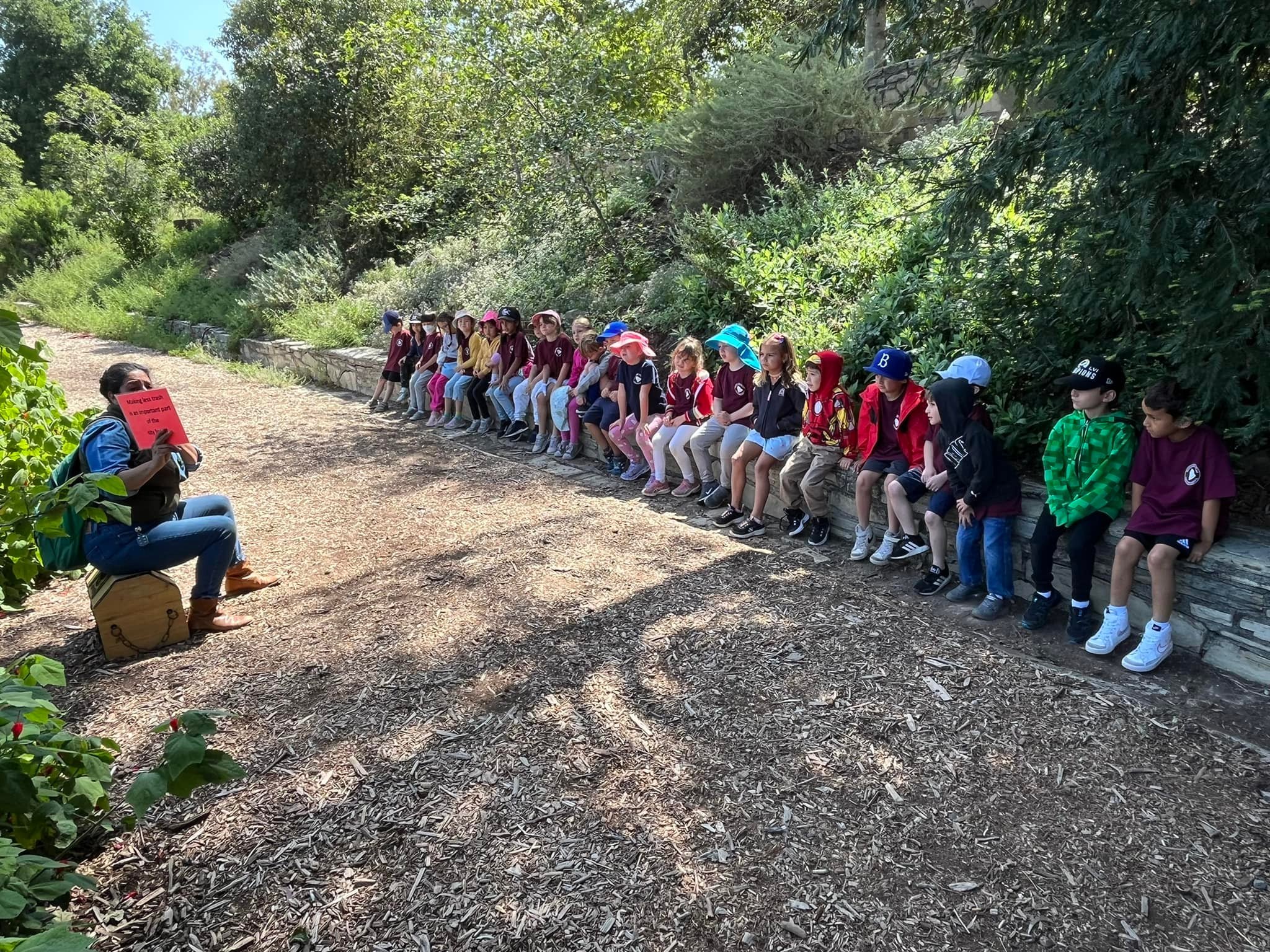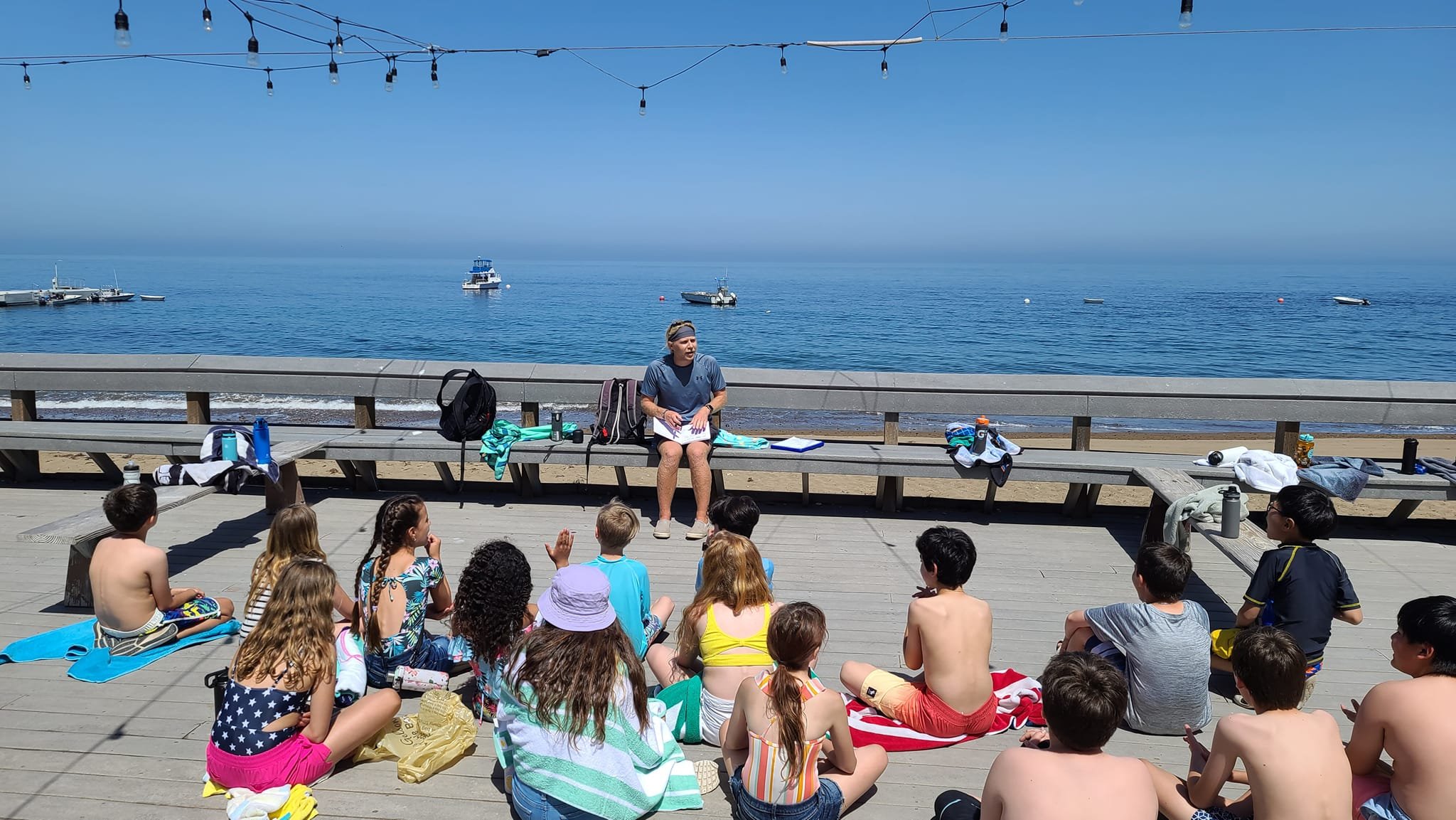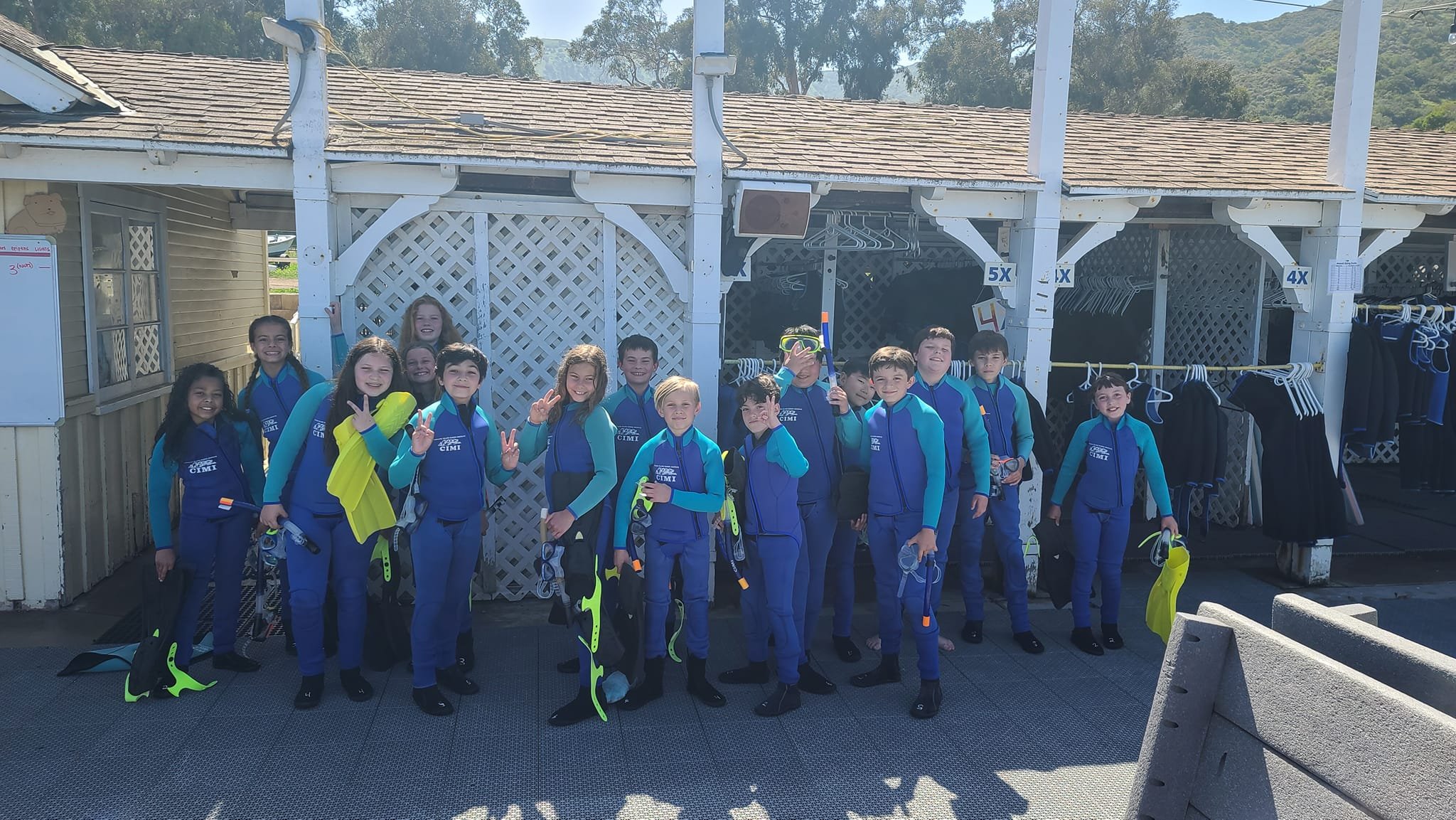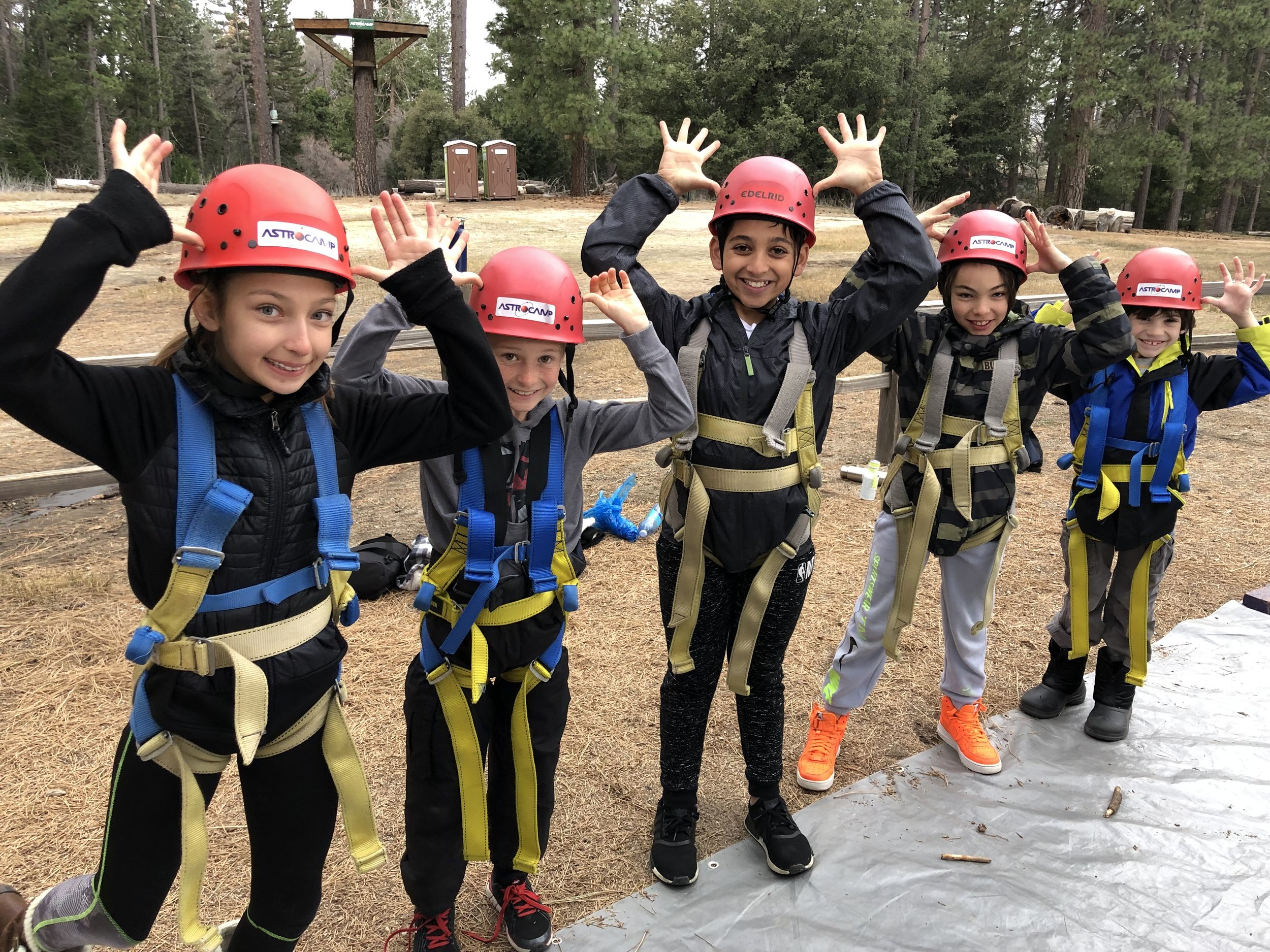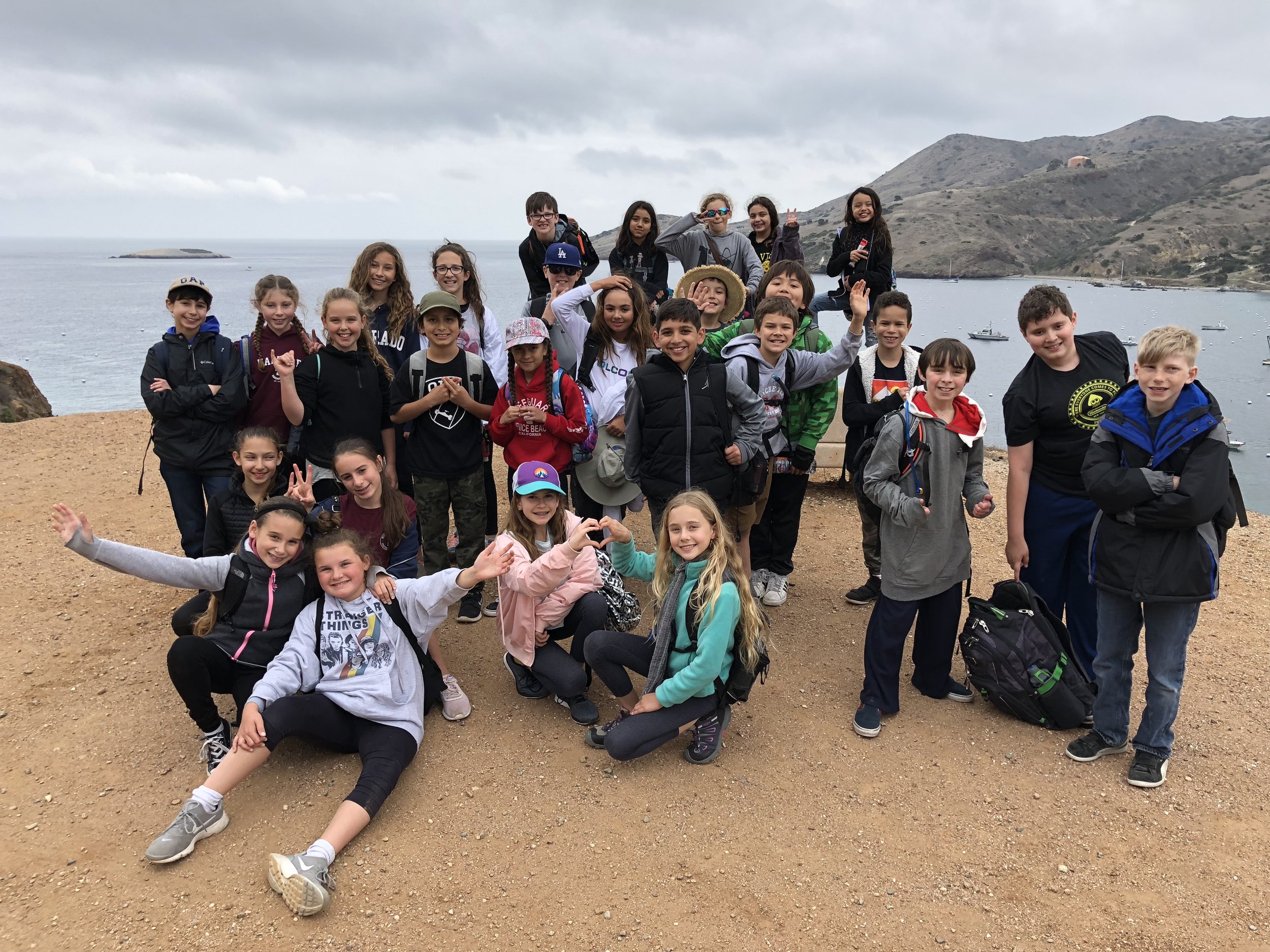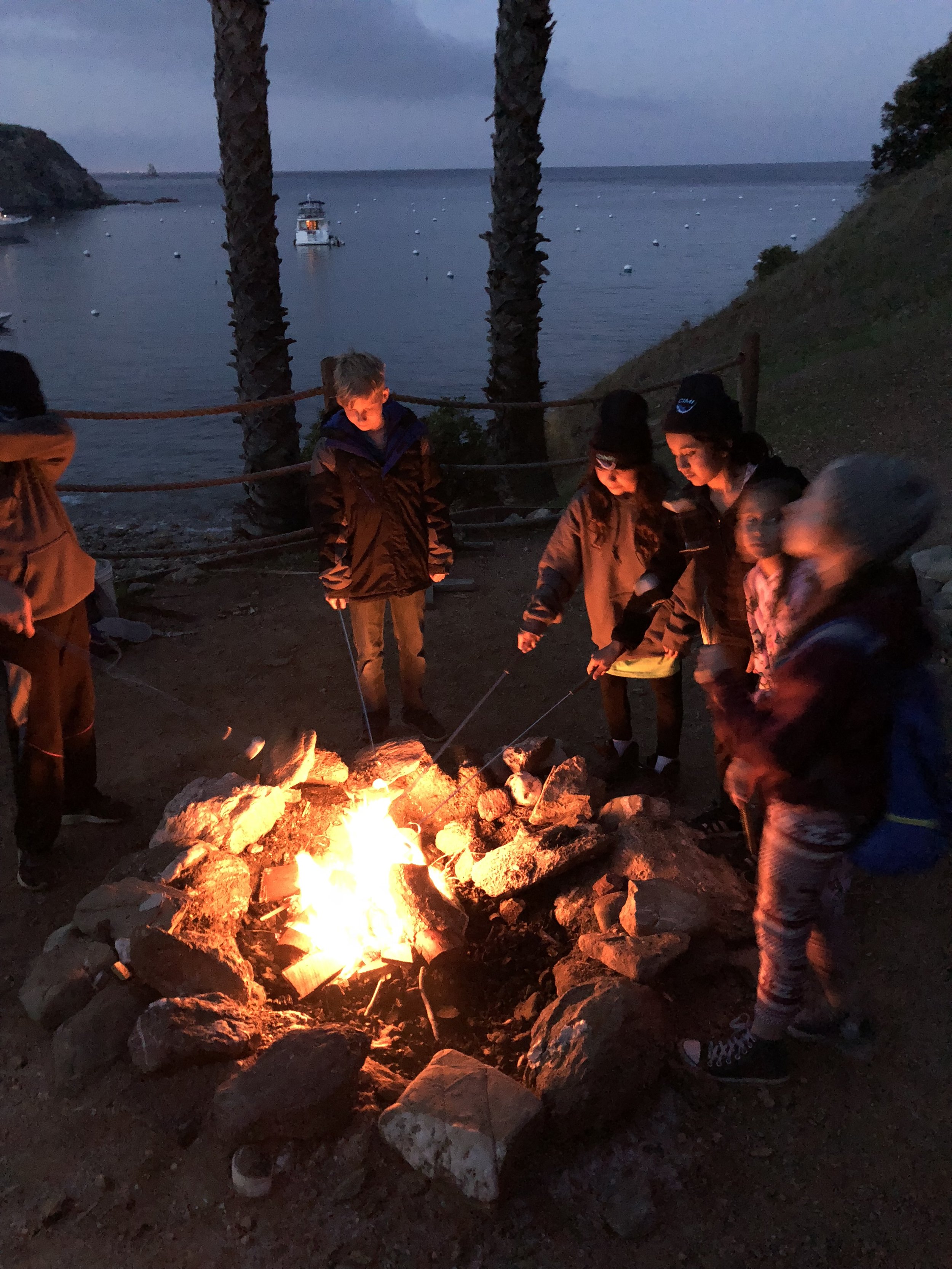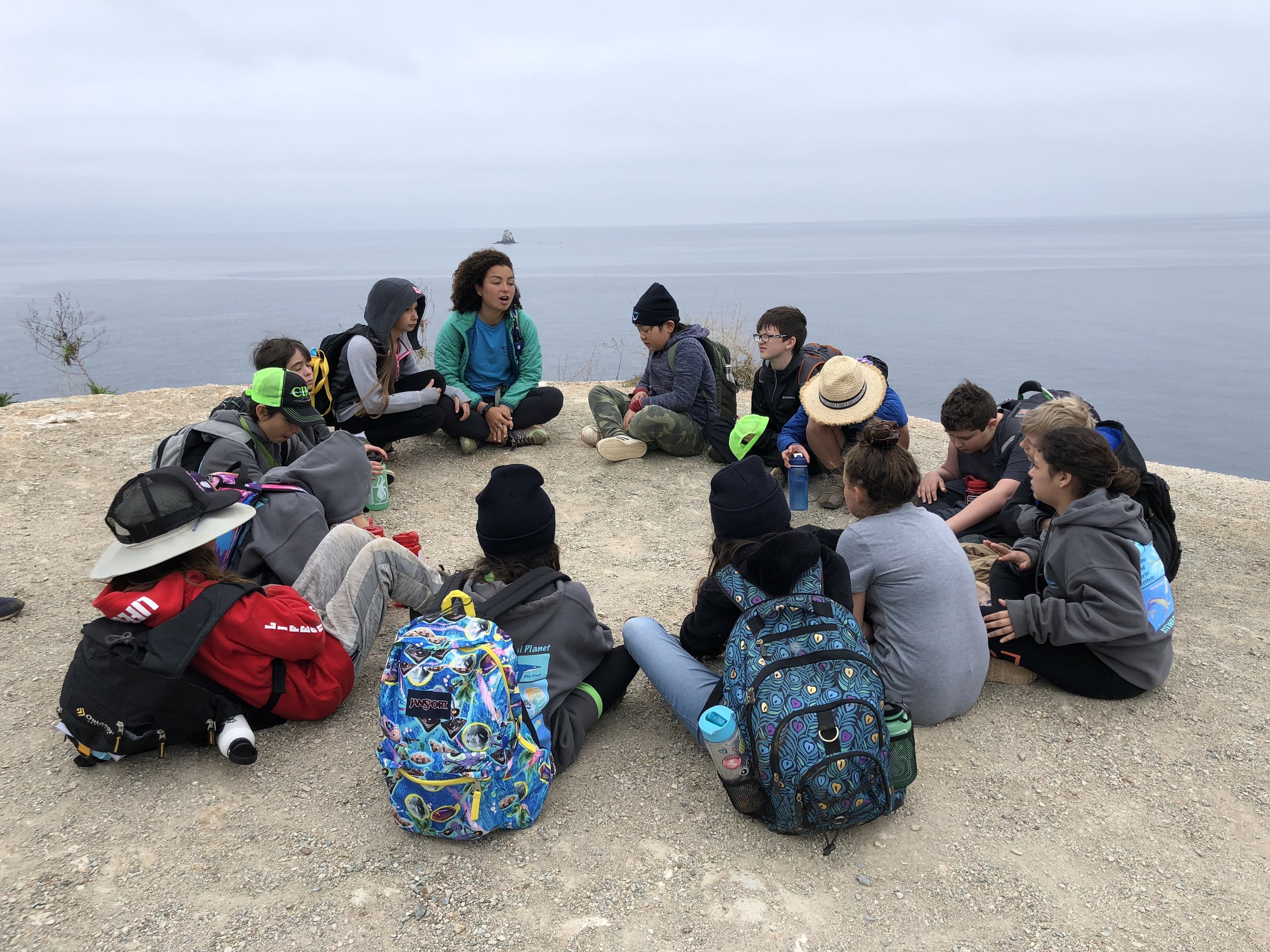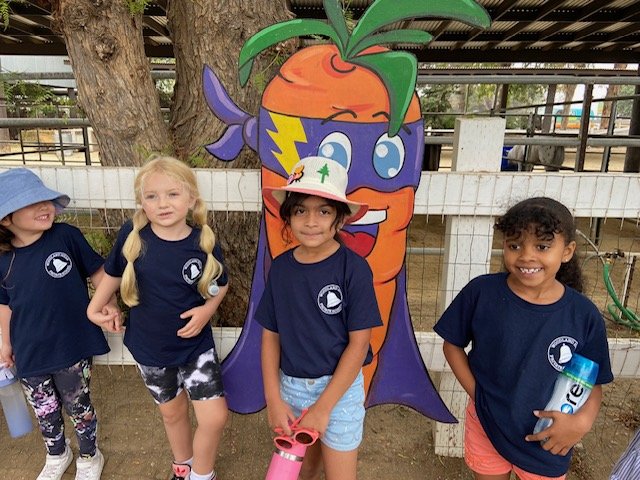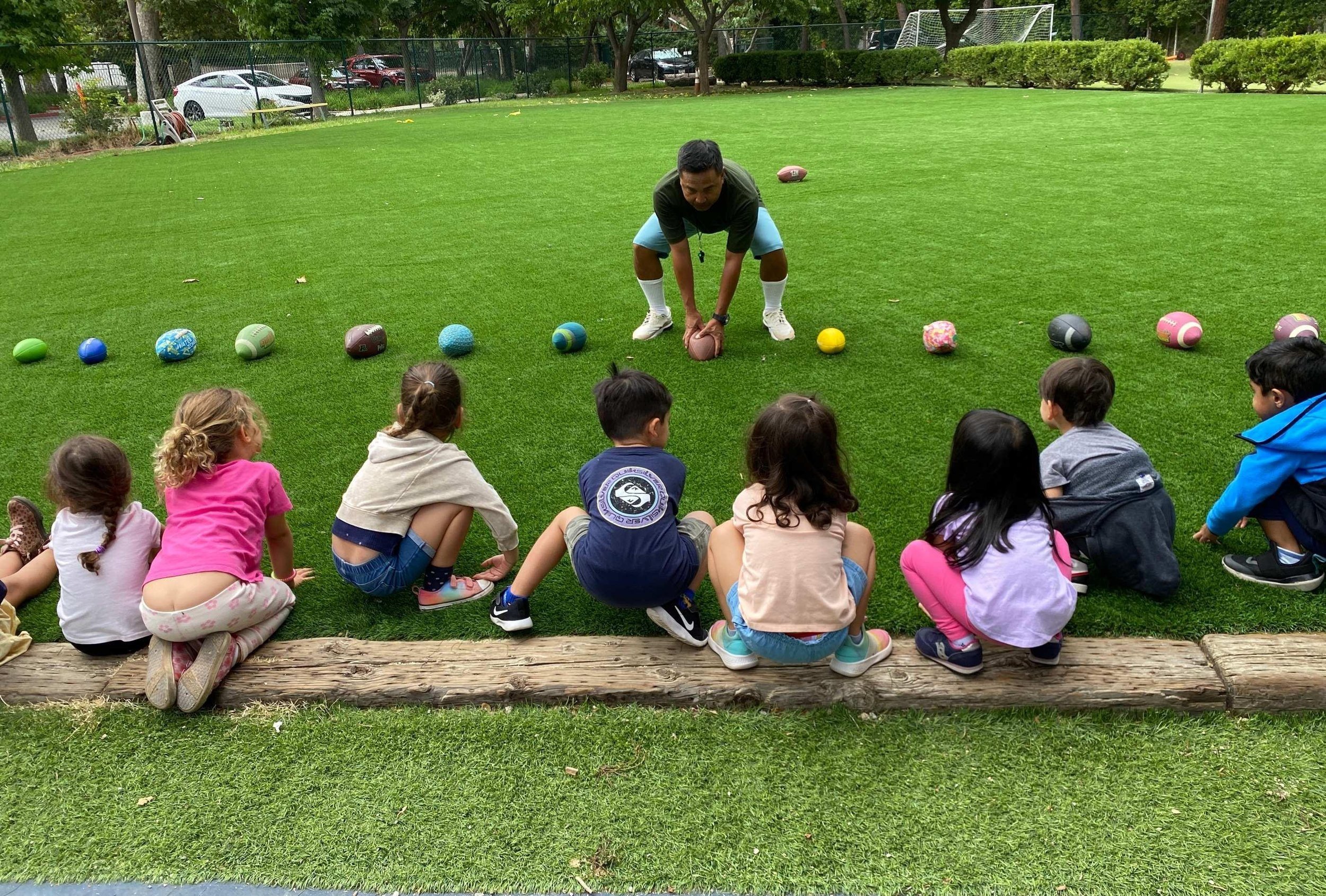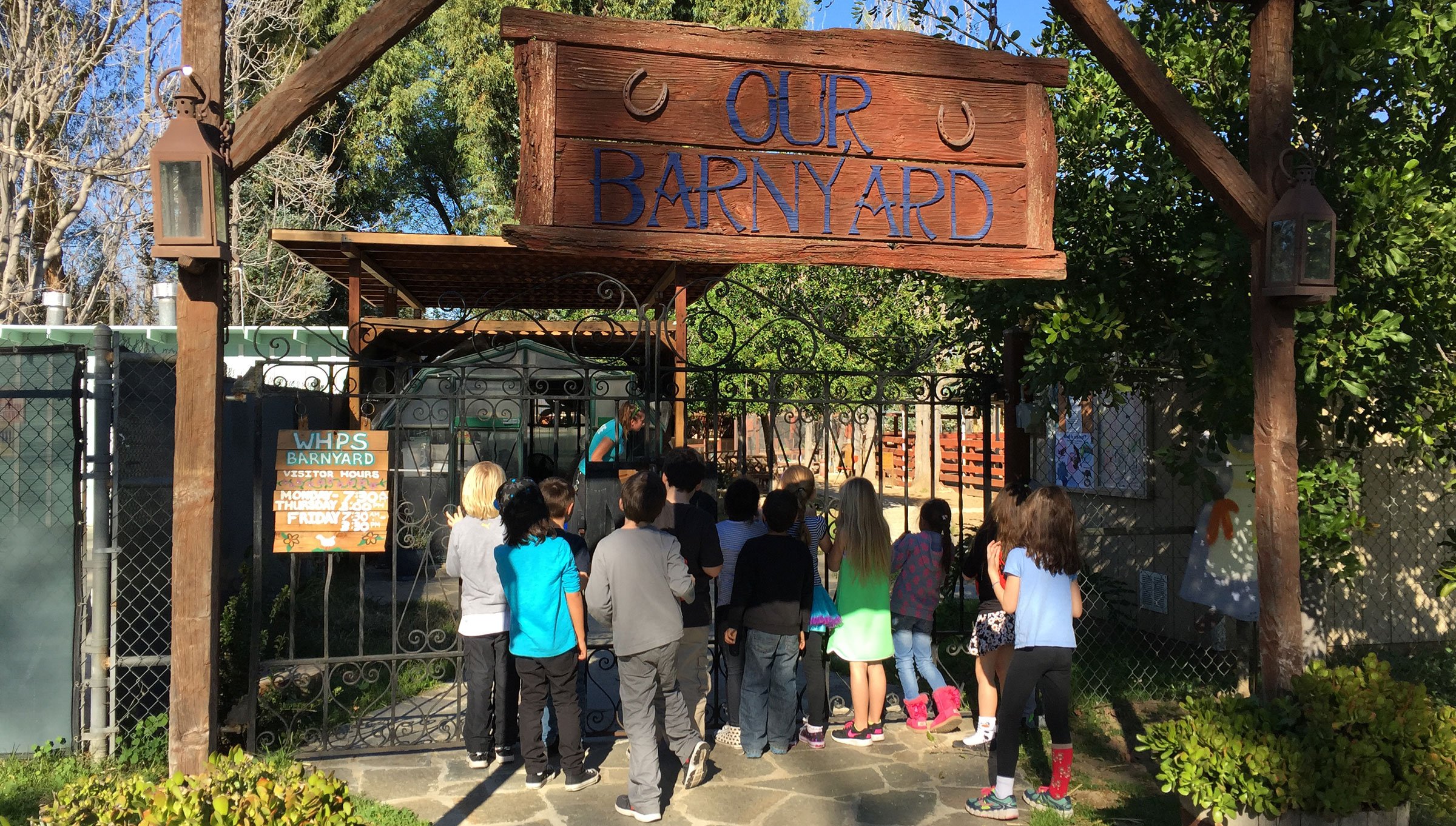
Elementary
At Woodland Hills Private School (WHPS), our elementary program is designed to prepare students for a future full of possibilities. We believe that to thrive in an ever-evolving world, children need more than just academic rigor—they need the skills to adapt, think critically, and act with empathy and creativity. Our curriculum fosters intellectual growth while nurturing social skills, cultural awareness, and self-awareness. By combining cutting-edge brain research with immersive, project-based learning, we create an environment that blends innovation with timeless educational values.
Welcome to WHPS Elementary
Dear Prospective Family,
I’m excited that you’re considering WHPS for your child’s education. Many schools talk about nurturing the whole child and balancing academic rigor with social-emotional learning. But at WHPS, we bring all these elements together in a way that truly transforms the student experience. Our approach is designed to inspire curiosity, foster emotional intelligence, and challenge each child to reach their fullest potential.
I can’t wait to share how our unique program helps children thrive in all areas—academically, socially, and personally. I look forward to meeting you and showing you what makes WHPS such a special place for your child to grow.
Warmest regards,
Melanie Henson
Elementary Principal
Elementary Division
(TK-5th Grade)
Our elementary curriculum is built on the principles of Developmental Learning Progression—a more modern, personalized approach that goes beyond traditional grade-level expectations. Instead of relying solely on textbooks or a one-size-fits-all model, we use various assessment tools to understand each child’s unique needs, strengths, and learning goals. This allows us to tailor their education to ensure they meet and exceed academic milestones while continuously growing in every area of development.
The program is enriched by specialist classes taught by experts in Music, Fine Arts, PE, Technology, Spanish (language and culture), and Animal & Nature Studies, offering students a broad and engaging learning experience.
We utilize a co-teaching model, with two fully qualified teachers collaborating in each classroom. This dynamic team approach allows us to adapt the curriculum to meet diverse learning styles and achievement levels while maintaining consistent instructional goals across the grade. The program and our teaching staff are constantly growing and emerging based on current research, and the program is grounded in project-based experiential learning while also including some traditional elements. While worksheets, tests, and independent work are included, they are not the primary methods of instruction. Instead, we provide students with the space, flexibility, and creativity to foster success and a love of learning.
Co-Teaching Model
Curriculum
-
In inquiry-based classrooms, deep meaningful learning-and sometimes action-is our mission. We believe it's not our job just to mention (or "cover") a list of facts and information. Instead, we center exploration around content-related big ideas and questions and connect these with real-world, real-life issues. This kind of program supports children to:
• Develop a growth mindset.
• Live a life full of wonder and curiosity.
• Read and respond critically with an inquisitive mind and even a healthy skeptical stance.
• Explore topics, ideas, and issues, linking them to the wider world.
• Tackle big ideas as they read, write, and research.
• Use comprehension strategies flexibly to turn information into knowledge.
• Interact with text, media, artifacts, teachers, and one another.
• Make thinking visible and demonstrate understanding.
• Think creatively and share new learning.
-
Approximately one in five Woodland Hills Private School students has a gifted learning profile. The curriculum is designed with tools to individualize and accelerate learning in areas of strength while also addressing the unique social-emotional needs of gifted children. Parents often report that they appreciate our diverse environment where their child is in class with many neuro-typical peers.
Because gifted learners tend to have more complex learning and personality profiles, there are many factors to consider in choosing a school. Here are some questions to consider as you are finding the right school for your gifted or 2e child.
-
We use a workshop approach to literacy instruction as part of our individualized learning model. One of the many benefits of this approach is the meaningful connection that students build between reading great literature and learning and trying out strategies real authors use to become prolific and fluent writers across many different genres.
Lessons often begin by examining strategies used by real authors. Beyond just learning to spell or use punctuation, this approach immerses students in examples of literature and nonfiction writing, where they can see how real authors use a wide variety of strategies to engage readers.
Some of the benefits of this approach:
• Advanced academic opportunities
• Personalized goals for growth
• Fosters creativity and genuine love for reading and writing
• Opportunities to experiment with a wide range of strategies used by real authors (punctuation, engaging story leads, dialogue, literary devices)
• Choice & High Interest - Instead of reading from a prescribed textbook and answering the questions at the end, students “shop” for books in our leveled library. They can choose topics that are of high interest and can practice and apply a wide range of skills (reading stamina, character analysis, making connections, inferring, retelling, fluency)
-
Phonics and spelling follow a developmental learning progression. Some children may enter kindergarten still learning basic phonics and letter formation, while others may come in already reading and/or writing. This approach enables students to work in small groups based on their individual needs, so no one is held back if they are ready to move ahead, and students who are still developing the basics receive the instruction they need.
-
We utilize the Singapore Math curriculum and methodology, which is focused on mastery and critical thinking over rote practice. The curriculum is individualized based on students' learning levels, allowing advanced and gifted learners increased challenge and depth as well as acceleration.
One of the key features of the approach is the emphasis on a CPA (Concrete, Pictorial, Abstract) progression. Each new skill is introduced with hands-on manipulatives or real-life objects to help students develop a clear and accurate understanding. Before moving to the abstract concept (algorithm), Singapore Math introduces a pictorial representation, often referred to as the model approach or bar models. This interim visual step is typically missing from many curricula used in the U.S. Finally, once students demonstrate a conceptual understanding, they are able to use the abstract (algorithmic) approach. Instead of pushing through rote memorization, students learn to think mathematically and rely on the depth of knowledge gained in previous lessons.
We also find that the Singapore Math approach transfers nicely as students move into middle schools that use other curricula. The emphasis on critical thinking and problem-solving strategies often enables students to test into the higher math groups.
-
Our social studies program takes a thematic, project-based approach, which often involves students selecting a sub-topic they find interesting and would like to research and present back to the class. We are also focused on helping students understand historical events and figures, and even modern ones, from many perspectives. Lessons and class discussions often reflect on whose perspective this story is being told from and then explore that same period, event, or figure from other perspectives.
We are deeply committed to diversity, equity, and inclusion, and many projects are designed to explore issues of bias and social justice.
Agree & Disagree Respectfully "Accountable Talk"
Because the program is rooted in the understanding that children learn best through social interaction, much emphasis is placed on teaching children strategies and protocols for respectful discourse. Students practice a variety of strategies for active listening as well as sharing opinions that they can back up with facts. -
The best way to learn science is by doing science. Our science program is rooted in hands-on investigation through scientific inquiry/scientific method. The goals of the science curriculum include scientific knowledge, understanding the scientific process, using scientific tools and instruments, academic discourse and communication, and...having fun!
Students Learn
Animal & Nature Studies
Life Science is taught hands-on in the Science & Nature Center. Students explore topics ranging from ecology to animal care, training, and husbandry, to evolution and genetics.Earth Science
We explore climate change and climate justice, natural resources, geology, ecology, astronomy, meteorology, and oceanography. While there are science-related field trips in all grades, the Earth Science program culminates with fourth and fifth-grade overnight trips to Astrocamp and the Catalina Island Marine Institute.Physical Science
The study of matter, mechanics, and energy (light, heat, electricity, magnetism, and sound).Health Science
Students learn about nutrition and how and why to make decisions that promote physical and mental health. -
We foster a positive, equitable, and inclusive school culture through a consistent school-wide approach to SEL. Our program focuses on social skills such as self-regulation, flexible thinking, active listening, perspective-taking, and learning how to compromise and find solutions when not everyone in the group agrees.
Some Key Aspects of the Program
Morning Meeting (AKA Social Skills Class)
We kick off each new day with an engaging meeting where students and teachers greet one another and participate in fun activities that promote active listening, executive functioning, and critical thinking. There is also a preview of what to expect in the day ahead and an academic warm-up activity.Hopes & Goals
Teachers and students begin the year by sharing individual hopes and goals. This helps to create a cohesive, supportive, and cooperative classroom community.Democratically Created Rules
Each class holds its own constitutional convention to come up with the rules by which they will be governed. This seemingly small step helps ensure that everyone in the classroom community understands and buys into the rules.Interactive Modeling
Each class spends time discussing and practicing what the rules will look and sound like in different areas of the school.Energizers
Short, playful, whole-group activities that provide brain and movement breaks during the day.Quiet Time
A brief, purposeful, and relaxed time of transition that takes place after lunch and recess, before the rest of the school day continues.Closing Circle
A five to ten-minute gathering at the end of the day that promotes reflection and collaboration.Positive Teacher Language
All staff use consistent and empowering language with all students.Logical Consequences
We focus on how the student can fix what went wrong. Consequences are not punitive in nature, but rather they are designed to be relevant (directly related to what went wrong), realistic, and respectful.Goal Setting
Students have many meaningful opportunities to set SMART goals, create a plan, work toward achieving their goals, and celebrate growth and successes.
-
Lower Elementary (TK through First Grade)
Lower Elementary offers a nurturing and exciting start to learning, with small classes of 20–24 students and two full-time teachers (a 10–12:1 ratio) providing personalized attention. Students build social connections across classrooms during shared snack, lunch, recess, experiential learning, and field trips, all while engaging in activities designed to inspire curiosity and match their developmental needs.
Specialist classes, such as art and music, are 30 minutes long to align with younger learners’ attention spans. Homework is introduced gradually in first grade, emphasizing meaningful, age-appropriate tasks that spark a love for learning without unnecessary busywork.
Upper Elementary (Second through Fifth Grade)
Upper Elementary expands on this foundation, introducing broader peer groups and responsibilities through a skill-based, multi-age classroom model that promotes collaboration and personalized growth.
Classes of 24–26 students with two full-time teachers (a 12–13:1 ratio) guide students through engaging projects, hands-on science explorations, and creative arts. The two-year curriculum cycle covers rich, interdisciplinary topics like ecosystems and immigration while reinforcing critical skills in grammar, math, and problem-solving.
Teachers typically loop with their students for two years, fostering deep relationships, enhancing stability, and maximizing learning time by minimizing transitions. Students gain confidence, develop leadership and teamwork skills, and form meaningful connections within a supportive community that celebrates their individuality.
The result is a dynamic, nurturing environment where students excel academically, socially, and emotionally—preparing them to take on future challenges with confidence and excitement.
Enriched Curriculum
All students in TK through fifth grade have special area classes and programming as part of the regular school day.
Animal & Nature Studies
One of the unique and special aspects of our program and campus is the Science & Nature Center. Students spend time in the barnyard, outdoor classroom, aviary, reptile house, Rabbitat, and hoofstock area, working hands-on with over 75 animals. The curriculum focuses on ecology, animal husbandry, and evolution and genetics. The program culminates in upper elementary with a year-long evolution simulation that takes students on an immersive journey through everything they have learned. Studying and caring for animals under the direction of our Animal & Nature Studies specialists helps our students develop a sense of responsibility and respect for all living things.
Technology, Coding & Robotics
Students meet in our Lab with the Technology Integration Specialist to learn a wide range of skills, including basic technology skills, online safety, ways to authenticate digital information, as well as coding and robotics. Students are introduced to Artificial Intelligence and lessons about this emerging field. Upper Elementary students are issued their own device with a Google Student account, which is used throughout the school day. Students in grades four and five learn more advanced coding and take part in friendly competitions as part of our VEX IQ Robotics program. Students and families have access to technology lessons and resources on the WHPS Technology Website.
Spanish is taught through an immersion approach. We learn Spanish in Spanish. The Spanish teachers do a lot of acting out, pantomime, songs, and projects to help children learn conversational Spanish in a fun and engaging way.
Spanish
Performing arts is a special focus in our program. Every class learns a fully choreographed performance, often put together with input from the students, for our Winter Show. We hold a Spring Variety Show, which is fully designed by students. Shows and performances are hosted and stage-managed by fourth and fifth-grade students.
Performing Arts
Choral & Instrumental Music
We are committed to developing musical skills and music appreciation in our students through active and joyful experiences. The music education program includes choral and instrumental music as well as several musical performances throughout the year. Upper Elementary learns three different instruments, tone chimes, recorders (using the Recorder Karate program), and ukuleles.
Student Learn
Pattern, Rhythm & Pitch
Percussive Instruments
Tempo, Feeling, & Steady Beat
Reading, Writing & Performing Rhythmic Notation Patterns
Singing Voice & Pitch
Expressive Movements & Sounds
Music Families
Cultural Dances
Loud v. Soft, Fast v. Slow, Singing v. Chanting
AB Form, Verse/Chorus & Rhythmic Notation Patterns
Exploring Musical Composition
Fine Arts
Our Fine Arts program exposes students to a wide variety of artists and mediums. Each month, classes study a different artist, learn about art history, and investigate the particular style and techniques used or pioneered by the artist. Students create their own projects while trying out the techniques.
Student Learn
Patterns
Elements of Art (line, shape/form/space, color/value/texture)
Principles of Art (movement, rhythm, variety, emphasis, unity, proportion, balance)
Vocabulary of Art
Movement & Rhythm in Painting
Tints & Shades
Foreground, Middle Ground & Background
Representational & Nonrepresentational Art
Mood (how color can create mood)
Students participate in warm-up exercises to build strength and stamina and engage in games to develop balance, agility, and coordination. We work on building skills for team sports including basketball and soccer. Students develop cooperation and sportsmanship by participating with partners, in groups, and on teams. They learn to give positive feedback and support by using verbal and nonverbal communication. We emphasize respect for ourselves, others, and the equipment during physical activity. Students are encouraged to develop positive habits and attitudes toward healthy living, hygiene, and nutrition.
Physical Education
Library & Story Room
All students have access to the Library and our whimsical Reading Room. As part of our reading program, students go “shopping” in the library for books that match their interests. The library also has a wide range of nonfiction books and resources that are continually being expanded to include a wide range of diverse representation. The Story Room will often be staged with special collections and exhibits that align with our focus on diversity, equity, and inclusion. After any special exhibits, these carefully selected, developmentally appropriate books become part of the regular collection that students can access.
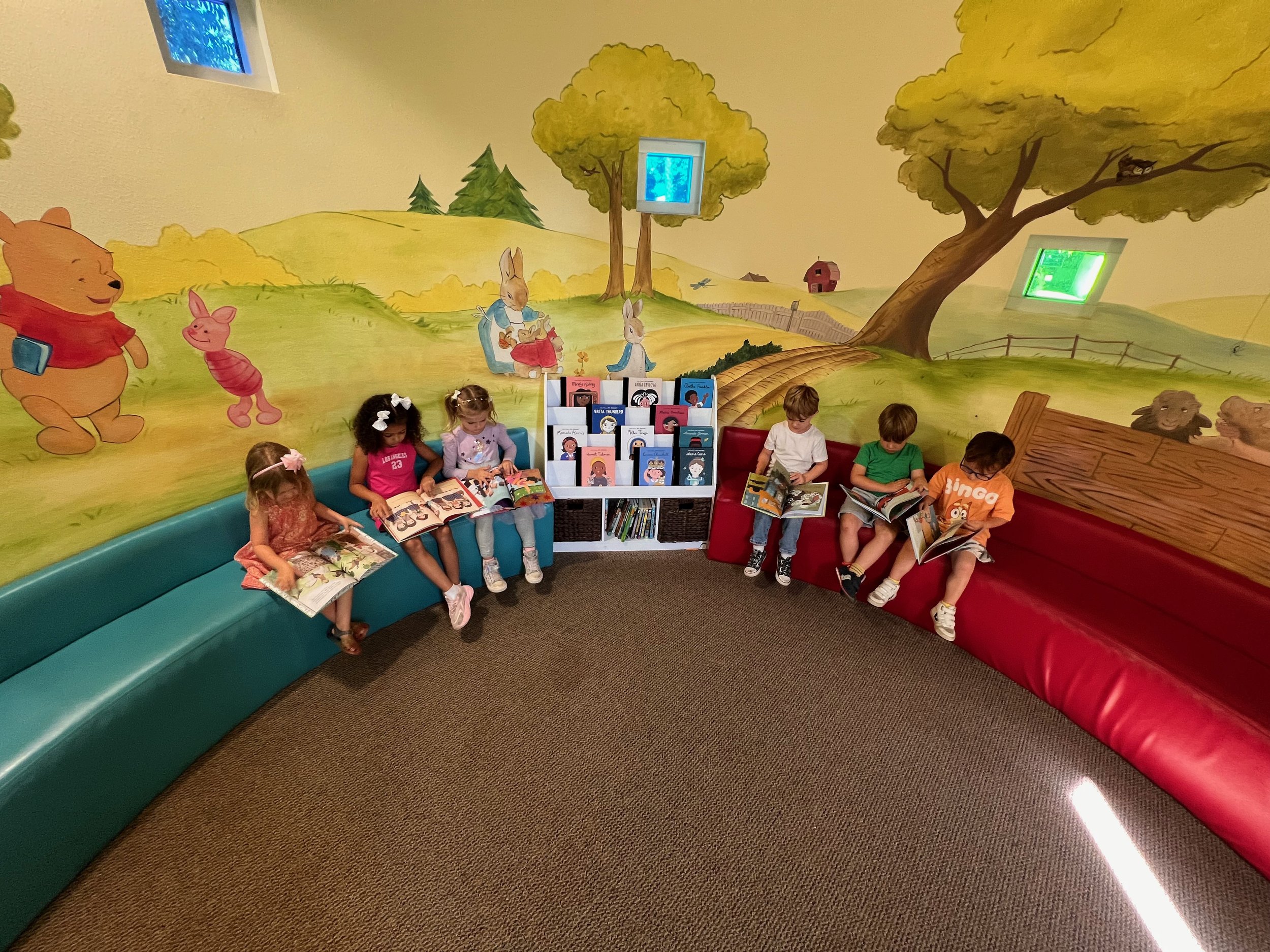

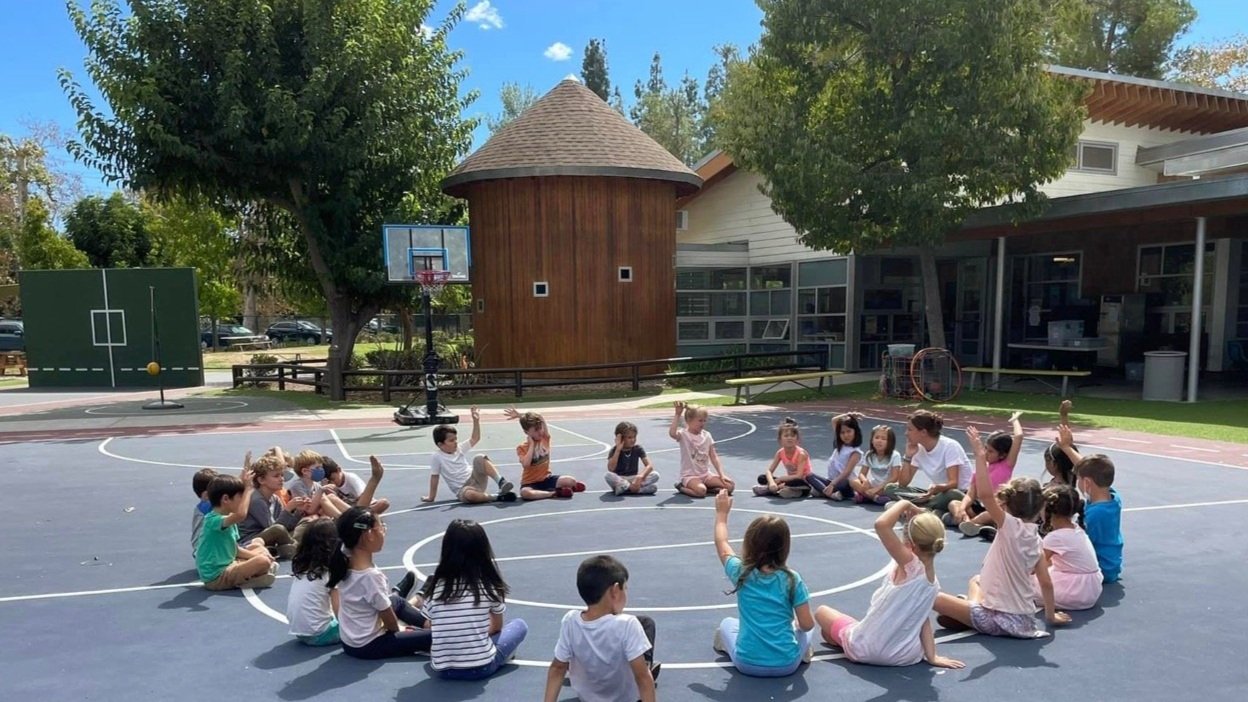
Field Trips & Experiential Learning
Our commitment to building a strong community of well-rounded children extends beyond what happens in the classroom with a wide variety of field trips and experiential learning throughout the year.
Field Trips - Include visits to local museums, science programs, fine arts programs, live plays and performances, and some trips that are just for fun. These culminate in fourth and fifth grade with overnight trips to Astrocamp and the Catalina Island Marine Institute.
Experiential Learning - In collaboration with our parent organizations, there is a full slate of on-campus programming, spanning cultural celebrations, workshops with Get Lit and Second City, musical performances, the Bob Baker Marionettes, BubbleMania, Native American storytelling, guest authors, and more.
